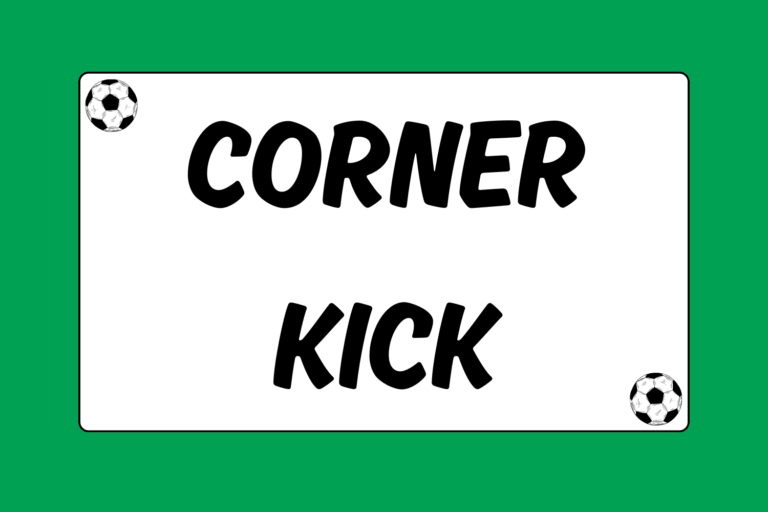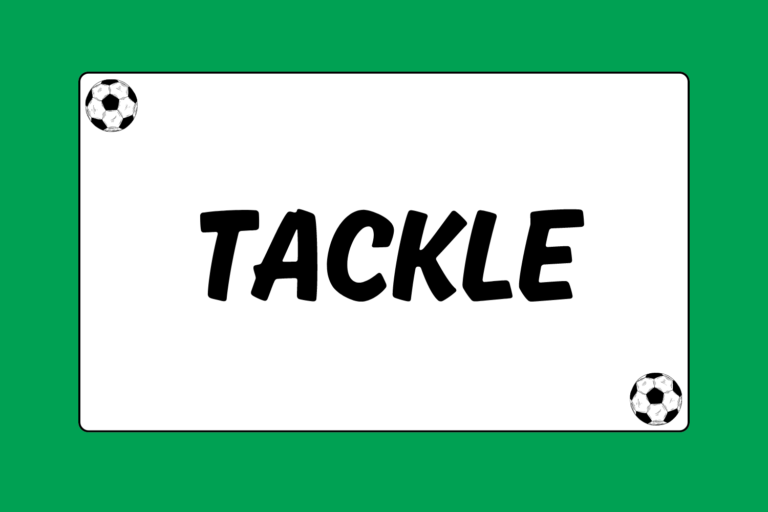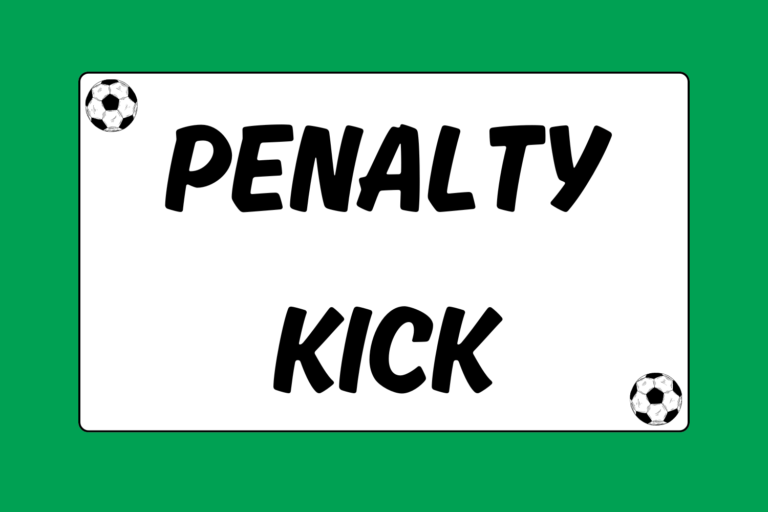Free Kick Masters
There are few players in the world who can curl a free kick as well as David Beckham, who has scored them frequently at club level for Manchester United and Real Madrid.
Beckham is by no means the only master of this craft, with the likes of Ronaldinho, Alessandro Del Piero and Robin van Persie all capable of dispatching a ball beyond a goalkeeper with a deadly combination of pace and spin.
Here is a step by step guide on how to curl a free kick.
Preparation
Place the ball down on the spot where the free kick is to be taken from. Start in a stationary position with the ball up to two meters ahead of you. You may want a longer run-up if the free kick is further out. Beckham would start his run up from a wider position, but generally players approach the ball at an angle of around 45 degrees.
A good tip to get more power is to make sure the valve is facing the player and strike the valve when taking the free kick as it is the hardest area of the ball. Cristiano Ronaldo is known to employ this tactic. This will make for a more vicious kick, meaning the goalkeeper will find it harder to deal with.
Make sure that your run-up to a free kick is pre-measured, taking three, four or five paces back (run-ups can vary). This will ensure that you do not wrong-foot yourself.
Getting Ready to Strike the Ball
Keep your head steady, eyes on the ball before striking it and start a measured run up from side on. The more you swing your leg back and the quicker you move your foot forward, the harder the ball will go.
It is also possible to inject more curl into the shot by using the movement of your hips – move the hip on your non-kicking side forward as you go to strike and the other hip will automatically withdraw. Remember to use your arms to keep balance.
Approaching the ball from side on will mean more curl is applied to the ball.
Japan international Shunsuke Nakamura, scorer of two free kicks for Celtic against Manchester United in the Champions League, believes psychology is also an important factor. It is helpful to be calm when preparing to shoot and not too eager.
Making Contact
Striking the ball with the inside of your foot will ensure that more curl and spin is applied. It is also important to strike the outside of the ball as this will create even more curl. Placing the plant foot near to, and slightly behind, the ball (make sure this area of the ground is secure, as some pitches are softer than others) should also result in more accuracy, although do not put it too close as this will make it more difficult to lift the ball.
The closer you are to goal, the less force you need, so try to cut through the side of the ball more in this instance.
The foot on contact comes across the ball from inside to outside, and finally makes contact with the right side of the ball (the left side if you are left footed). This enables the ball to swerve from right to left.
Direction of Free Kick
If you are aiming for the far post, the ball should swing out and then come back in. In this instance, Lazio’s Argentinean striker Mauro Zarate is aiming for the near post. He has to get enough height on the ball to lift it over the wall by getting his foot underneath it on contact, and enough curl to keep it away from the goalkeeper.
In order to get the ball to curl and drop down at the right moment, it is good to turn your ankle upwards on connection. If you can get the ball to go just above the wall, it is harder for the goalkeeper to determine where it is heading.
Placement
An ideal free-kick will finish up in the corner of the goal. The more you lean back, the higher the ball will go, so if you are aiming to keep a free-kick low, reduce the amount you lean back.
Practice is the key to perfecting free kicks, although many professionals will tell you not to spend too long, perhaps limiting this to 10 minutes, hitting 20 or 30 balls.





